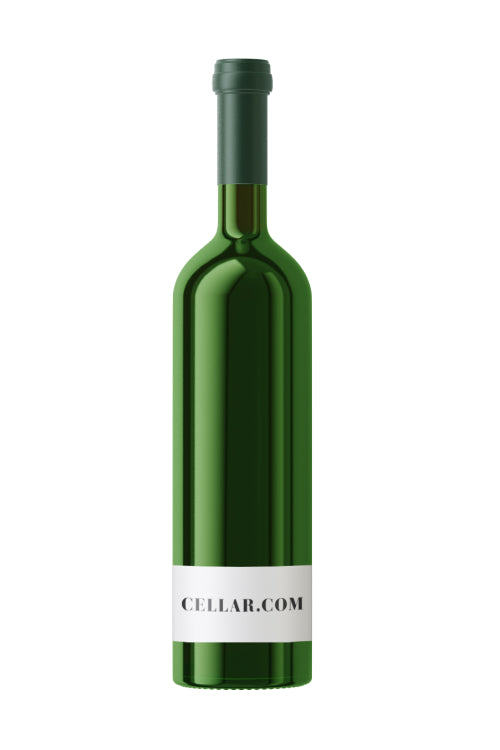1
/
of
1
Clos Haut-Peyraguey - 2009 (375ml)
Clos Haut-Peyraguey - 2009 (375ml)
Regular price
$29.99
Sale price
$29.99
Regular price
$37.99
Unit price
/
per
Tasted single blind against its peers. The Clos Haut Peyraguey has a very fragrant, floral bouquet with a “patisserie” element: touches of lemon meringue, apricot and walnut. The palate is very well-balanced, quite taut and spicy on the entry, not quite as “flowing” as other 2007 Sauternes but very zesty and tensile. This is an excellent Sauternes that will need time to harmonize, but all the constituent parts are here. Tasted January 2011
Wine Advocate - 93 points
Wine Advocate - 93 points
Availability:
2 In Stock
$25 Shipping on Orders +$299
Couldn't load pickup availability
Share :

- varietal
- Region
- Sub - Region
- Type
- Reviews
Product Review
Tasted single blind against its peers. The Clos Haut Peyraguey has a very fragrant, floral bouquet with a “patisserie” element: touches of lemon meringue, apricot and walnut. The palate is very well-balanced, quite taut and spicy on the entry, not quite as “flowing” as other 2007 Sauternes but very zesty and tensile. This is an excellent Sauternes that will need time to harmonize, but all the constituent parts are here. Tasted January 2011
Product Score
93
Includes white wines that are either made from a number of varieties and where no one is predominant, or the blend is propitiatory. For other blends see Champagne and Port Blends.
Located in South West France, Bordeaux is one of the World’s most important wine producing regions. The Gironde estuary and its two tributaries, the Garonne and Dordogne, splits the region into the ‘left bank’ and ‘right bank’. The left bank, on the west side of the Gironde, consists of the Médoc and Graves, while Pomerol and St. Emilion are located on the right bank. In between the Garonne and Dordogne is the Entre-Deaux-Mers region, French for 'between two seas'. From north to south the Médoc includes the famous classed growth chateaux in the communes of St. Estephe, Paulliac, St.Julien, and Margaux. The Graves and it’s enclave Pessac-Léognan make both red and white wine. While those of Pessac- Léognan’s are dry, Sauternes and Barsac make world-famous sweet whites. Although Bordeaux makes some of the world’s most expsenive wines, less expensive but good value alternatives come from Moulis and Listrac on the left and Bourg and Blaye on the right offer less expensive wines for earlier consumption.
Sauternes is a remarkable region of Bordeaux whose wines, both sweet and unfortified, are unmatched by anything else in the world. It is the region's mesoclimate, in particular the proximity to The Garonne and its tributary the Ciron, which combine to create the ideal conditions. During fall, the cooler water from the Ciron meets the warmer tidal Garonne, causing mists to develop, blanketing the vineyards. The fluctuation between the humid mornings and warm drier afternoons provides the ideal environment for the benign fungus Botrytis cinerea, to thrive. The fungus consumes the grapes' water, concentrating its sugars and tartaric acid, which helps produce wines with beguiling exotic aromas and thick viscosity.
White wine is a wine whose color can be pale-yellow, yellow-green, and yellow-gold colored. The wine is produced from a variety of grape varieties. The flavor and color comes from the juice of the grape and sometimes the skin of the grape as well. Interestingly, not all white wine comes from white grapes. Some select red grapes are used as in Champagne.


